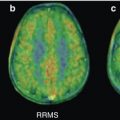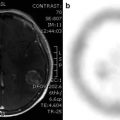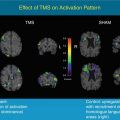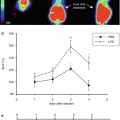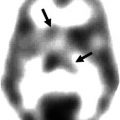The NINCDS-ADRA concept of AD diagnosis (1984)
The IWG concept of AD diagnosis (2007)
The diagnosis of AD cannot be certified clinically and needs a postmortem confirmation to be ascertained
Pathological biomarkers can be considered as surrogate markers of the underlying AD pathology
Therefore, the clinical diagnosis of AD can only be “probable” and can only be made when the disease is advanced and reaches the threshold of dementia
Therefore, the clinical diagnosis can be established in vivo and no more reference to dementia is needed
Glossary
Alzheimer’s disease (AD)
The whole clinical phase, no longer restricted to the dementia syndrome.
AD dementia
When cognitive symptoms interfere with activity of daily living.
Alzheimer’s pathology
Underlying neurobiological changes responsible for AD.
Asymptomatic at risk
Cognitively normal individuals with positive pathophysiological biomarkers.
Atypical AD
Less common but well-characterized clinical phenotypes that occur with Alzheimer’s pathology. The diagnosis of AD needs in vivo evidence of pathophysiological markers.
Mixed AD
Patients who fulfill the criteria for AD and additionally present with clinical and biomarkers evidence of other comorbid disorders.
Mild cognitive impairment (MCI)
Patients for whom there is no disease clearly identified.
Pathophysiological markers
Biological changes that reflect the underlying AD pathology (CSF changes; PET amyloid). They are markers of diagnosis.
Presymptomatic AD
Cognitively normal individuals with a proven AD autosomal dominant mutation.
Prodromal AD
The early symptomatic, predementia phase of AD.
Topographical biomarkers
Downstream markers of neurodegeneration that can be structural (MRI) or metabolic (FDG-PET). They are markers of progression.
Typical AD
The most common clinical phenotype of AD, characterized by an amnestic syndrome of the hippocampal type.
References
American Psychiatric Association (2000) Diagnostic and statistical manual of mental disorders. American Psychiatric Association, Washington, DC
Bennett DA, Wilson RS, Boyle PA, Buchman AS, Schneider JA (2012) Relation of neuropathology to cognition in persons without cognitive impairment. Ann Neurol 72(4):599–609PubMedCentralPubMedCrossRef
Buckner RL et al (2009) Cortical hubs revealed by intrinsic functional connectivity: mapping, assessment of stability, and relation to Alzheimer’s disease. J Neurosci 29:1860–1873PubMedCentralPubMedCrossRef
Cairns NJ et al (2009) Absence of Pittsburgh compound B detection of cerebral amyloid beta in a patient with clinical, cognitive, and cerebrospinal fluid markers of Alzheimer disease: a case report. Arch Neurol 66:1557–1562PubMedCentralPubMed
den Heijer T et al (2010) A 10-year follow-up of hippocampal volume on magnetic resonance imaging in early dementia and cognitive decline. Brain 133:1163–1172CrossRef
Devanand DP, Pelton GH, Zamora D, Liu X, Tabert MH, Goodkind M, Scarmeas N, Braun I, Stern Y, Mayeux R (2005) Predictive utility of apolipoprotein E genotype for Alzheimer disease in outpatients with mild cognitive impairment. Arch Neurol 62(6):975–980PubMed
Dickerson BC, Wolk DA, Alzheimer’s Disease Neuroimaging, I (2012) MRI cortical thickness biomarker predicts AD-like CSF and cognitive decline in normal adults. Neurology 78:84–90PubMedCentralPubMedCrossRef
Fagan AM et al (2009) Decreased cerebrospinal fluid Abeta (42) correlates with brain atrophy in cognitively normal elderly. Ann Neurol 65:176–183PubMedCentralPubMedCrossRef
Fagan AM et al (2011) Comparison of analytical platforms for cerebrospinal fluid measures of beta-amyloid 1–42, total tau, and p-tau181 for identifying Alzheimer disease amyloid plaque pathology. Arch Neurol 68:1137–1144PubMedCentralPubMedCrossRef
Stay updated, free articles. Join our Telegram channel

Full access? Get Clinical Tree



